In the realm of plumbing and fluid management, few materials are as versatile and widely used as PVC (polyvinyl chloride). Among its various iterations, Schedule 40 PVC pipe stands out as a cornerstone in countless applications due to its durability, affordability, and ease of installation. In this blog post, we delve into the characteristics, benefits, and diverse applications of Schedule 40 PVC pipe.
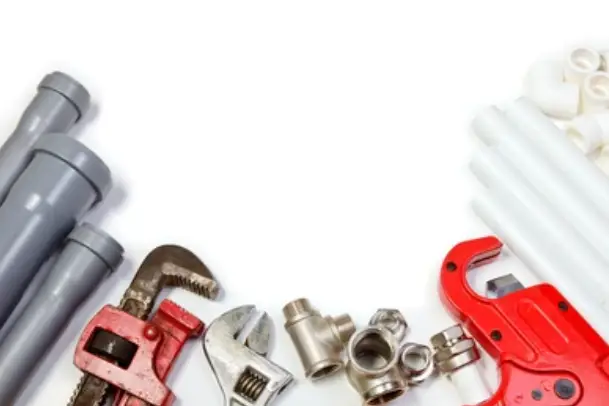
What is Schedule 40 PVC Pipe?
Schedule 40 PVC pipe is a type of PVC pipe renowned for its moderate pressure rating and robust construction. Unlike its counterpart, Schedule 80 PVC pipe, which boasts a thicker wall for higher-pressure applications, Schedule 40 strikes a balance between strength and flexibility.
Key Features
Size & Thickness
Schedule 40 PVC pipe is available in a vast range of sizes, accommodating everything from small-scale residential plumbing to large-scale industrial projects. Whether you need a small 1/8-inch diameter pipe or a sizable 24-inch diameter one, Schedule 40 PVC has you covered.
Schedule 40 PVC pipe is characterized by its relatively thinner wall compared to Schedule 80, making it lightweight yet sturdy enough for a wide array of applications.
| Nominal Pipe Size (Inches) | Outside Diameter (Inches) | Wall Thickness (Inches) |
|---|---|---|
| 1/8 | 0.405 | 0.068 |
| 1/4 | 0.540 | 0.088 |
| 3/8 | 0.675 | 0.091 |
| 1/2 | 0.840 | 0.109 |
| 3/4 | 1.050 | 0.113 |
| 1 | 1.315 | 0.133 |
| 1 1/4 | 1.660 | 0.140 |
| 1 1/2 | 1.900 | 0.145 |
| 2 | 2.375 | 0.154 |
| 2 1/2 | 2.875 | 0.203 |
| 3 | 3.500 | 0.216 |
| 4 | 4.500 | 0.237 |
| 5 | 5.563 | 0.258 |
| 6 | 6.625 | 0.280 |
| 8 | 8.625 | 0.322 |
| 10 | 10.750 | 0.365 |
| 12 | 12.750 | 0.406 |
| 14 | 14.000 | 0.437 |
| 16 | 16.000 | 0.500 |
| 18 | 18.000 | 0.562 |
| 20 | 20.000 | 0.593 |
| 24 | 24.000 | 0.687 |
Pressure Rating
While not as high as Schedule 80, Schedule 40 PVC pipe is rated for moderate pressure applications, making it ideal for residential, commercial, and industrial use where lower to moderate pressures are anticipated.
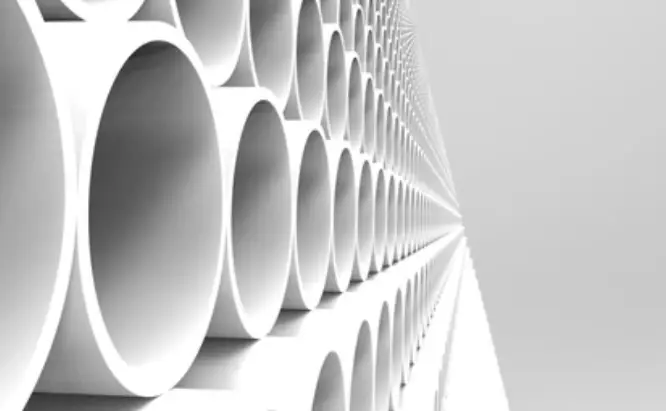
The pressure ratings for Schedule 40 PVC pipe can vary depending on factors such as temperature, pipe diameter, and the specific application. However, as a general guideline, Schedule 40 PVC pipe is typically rated for water pressure at room temperature (73°F/23°C) according to ASTM D1785 standards.
Here are some typical pressure ratings for Schedule 40 PVC pipe:
1. Pressure Ratings at Room Temperature (73°F/23°C)
1/2" to 2" diameter pipes: Typically rated for water pressures up to 280 psi.
3" to 12" diameter pipes: Pressure ratings can range from 260 psi to 160 psi.
14" to 24" diameter pipes: Pressure ratings for larger diameter pipes may range from 220 psi to 60 psi.
It’s important to note that these pressure ratings are for water at room temperature and may vary depending on the fluid being transported, the operating temperature, and other factors. Additionally, pressure ratings can decrease as pipe diameter increases.
2. Pressure Ratings at Elevated Temperatures
The pressure rating of Schedule 40 PVC pipe decreases as the temperature of the fluid being transported increases. This reduction in pressure rating is due to the decrease in the material’s strength at higher temperatures.
For instance, at 140°F (60°C), the pressure rating of Schedule 40 PVC pipe might decrease by approximately 20-30% compared to its rating at room temperature.
3. Allowable Working Pressure (AWP)
The allowable working pressure (AWP) of Schedule 40 PVC pipe is the maximum pressure at which the pipe can operate continuously under normal conditions without risk of failure.
AWP is typically calculated using design factors determined by industry standards and regulatory bodies.
Schedule 40 PVC Pipe Advantages
Using Schedule 40 PVC pipe in US housing offers several advantages, making it a popular choice for various plumbing and fluid management applications. Here are some of the key advantages:
Affordability: Schedule 40 PVC pipe is cost-effective compared to other materials like copper or galvanized steel. Its lower material cost and ease of installation make it a preferred choice for residential plumbing systems, helping homeowners save on construction and maintenance expenses.
Durability: PVC (polyvinyl chloride) is a durable material that resists corrosion, rust, and chemical damage, making Schedule 40 PVC pipe suitable for long-term use in residential plumbing systems. It doesn’t degrade over time when exposed to water, ensuring reliable performance and longevity.
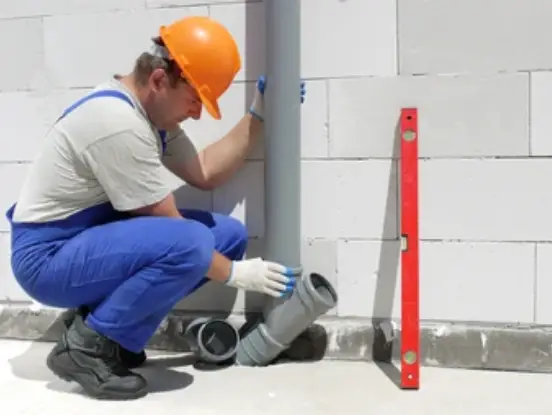
Ease of Installation: Schedule 40 PVC pipe is lightweight and easy to handle, making it convenient for DIY enthusiasts and professional plumbers alike. Its smooth interior surface allows for efficient fluid flow and reduces the risk of clogs and blockages. Additionally, PVC pipe requires fewer joints compared to metallic pipes, minimizing the potential for leaks and simplifying installation.
Versatility: Schedule 40 PVC pipe is versatile and suitable for various applications beyond plumbing, including irrigation systems, drainage systems, pool and spa installations, and more. Its compatibility with a wide range of PVC fittings allows for flexible and customizable installations to meet specific project requirements.
Safety: PVC is a non-toxic material that is safe for potable water applications, making Schedule 40 PVC pipe an excellent choice for residential water supply lines. It meets stringent health and safety standards set by regulatory bodies such as NSF International and the ASTM (American Society for Testing and Materials).
Insulation Properties: PVC pipe has excellent insulation properties, helping to maintain water temperature in room temperature and cold water lines. This can contribute to energy efficiency by reducing heat loss and minimizing the need for additional insulation materials.
Code Compliance: Schedule 40 PVC pipe meets industry standards and building codes for residential plumbing applications in the US. It is widely accepted by plumbing codes and regulatory authorities, providing peace of mind to homeowners and builders regarding compliance with local regulations.
Overall, the advantages of using Schedule 40 PVC pipe in US housing, including affordability, durability, ease of installation, versatility, safety, insulation properties, and code compliance, make it a preferred choice for residential plumbing and fluid management systems.
Schedule 40 PVC Pipe in Winter
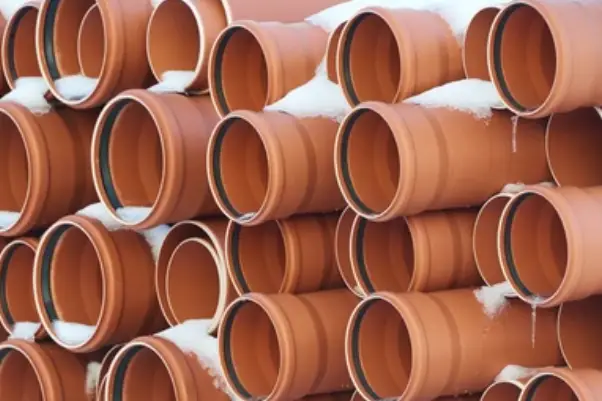
Schedule 40 PVC pipe can perform well in winter conditions when properly installed and maintained. However, there are some considerations to keep in mind:
Freezing Temperatures
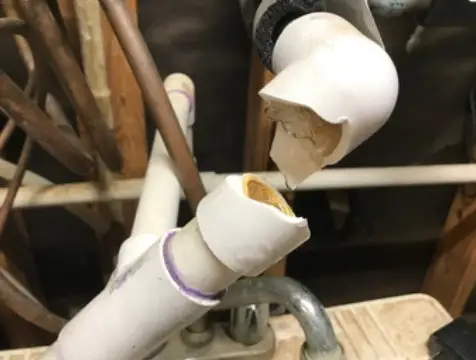
PVC is susceptible to becoming brittle in extremely cold temperatures. While Schedule 40 PVC pipe can withstand temperatures below freezing, prolonged exposure to very low temperatures, especially below 32°F (0°C), can increase the risk of the pipe becoming brittle and potentially cracking or breaking. This is particularly true if the pipe contains water that freezes and expands.
Insulation
Proper insulation is crucial to protect Schedule 40 PVC pipes from the effects of freezing temperatures. Insulating pipes located in unheated areas, such as attics, crawl spaces, and exterior walls, can help prevent freezing. Insulation materials such as foam pipe sleeves or heat tape can be used to provide additional protection.
Drainage
In regions where temperatures regularly drop below freezing, it’s important to ensure proper drainage of outdoor PVC piping systems, such as irrigation lines or outdoor spigots, before winter sets in. This helps prevent water from remaining trapped in the pipes and freezing, which could lead to pipe damage.
Expansion and Contraction
PVC pipes can expand and contract with temperature changes. Proper allowance for expansion and contraction should be made during installation to prevent stress on the pipes, which could lead to cracking or leaks.
Protection from Physical Damage
Schedule 40 PVC pipes should be protected from physical damage, such as impact from falling objects or heavy snow accumulation, which could compromise the integrity of the pipes, especially in cold weather conditions.
Overall, while Schedule 40 PVC pipe can withstand winter conditions reasonably well, it’s essential to take appropriate precautions to protect the pipes from freezing temperatures and potential damage. Proper insulation, drainage, and maintenance are key to ensuring the performance and longevity of PVC piping systems in cold weather environments.